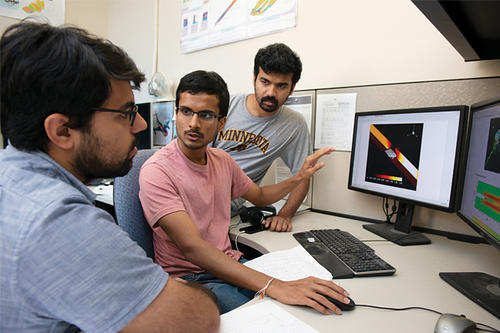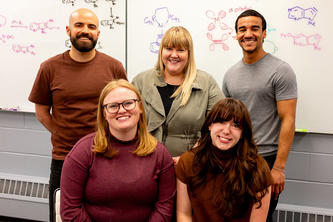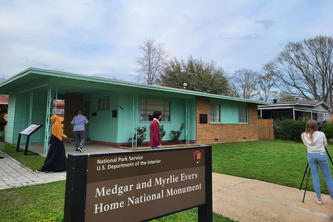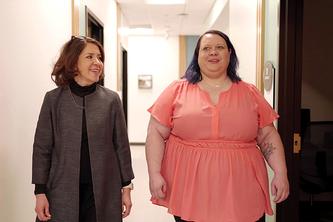
Bubbles are fun. They give us bubble baths, the pastime of blowing bubbles, and—of course—champagne.
When they occur in flowing water, though, bubbles may also display a behavior known as cavitation, which holds the power to damage machinery or, perhaps someday, to treat medical conditions noninvasively. No wonder the cavitation phenomenon fascinates Mrugank Bhatt, a graduate student in the University of Minnesota's Department of Aerospace Engineering and Mechanics (AEM).
Cavitation happens when water is subjected to low and high pressures in rapid succession, as may happen with, for example, high-speed boat propellers, pumps, or control valves. At low pressures, bubbles of steam form. At high pressure the bubbles implode, releasing small but intense shock waves that gradually erode the metallic surfaces of the machinery.
Finding a way to predict precisely when and how cavitation will occur— thereby aiding the design of efficient marine propulsion systems—is the aim of a project Bhatt’s been working on for the past year. It is funded by the Office of Naval Research (Ki-Han Kim, program manager), under the U.S. Department of Defense’s Multidisciplinary University Research Initiative (MURI). Bhatt's adviser, AEM Professor Krishnan Mahesh, leads the MURI project.
“What we learn here can be applied in many other fields,” Bhatt says.
That’s because the energy generated and released by cavitation bubbles could also be harnessed for beneficial purposes. For example, “We can use ultrasound to form and direct the collapse of these bubbles to break up kidney stones,” Bhatt explains.
Bhatt, who simulates cavitation on supercomputers, is part of an extended team that includes fellow AEM grad students, colleagues at other universities, and Mahesh. Together, they’re studying cavitation from multiple angles.
“I like that people with expertise in different areas are coming together and sharing their knowledge,” Bhatt says.
- Categories:
- Science and Technology




